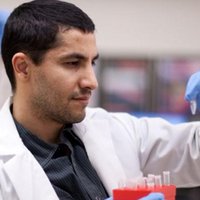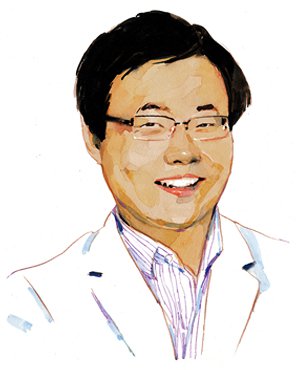Biotechnology & medicine
Weian Zhao
Spying on cells in their native habitat to develop better tests and drugs
Illustration by Weian Zhao

Europe
Abdennour Abbas
Medical diagnosis based on ultrasentives biosensors

Global
Juan Sebastián Osorio
Monitors specially designed for premature infants help detect breathing problems <br>

Latin America
Jose Manuel Aguilar Yáñez
Biotechnology platform to obtain cheap vaccines quickly

Latin America
Javier Gómez Méndez
Affordable mobile technology to control heart disease
